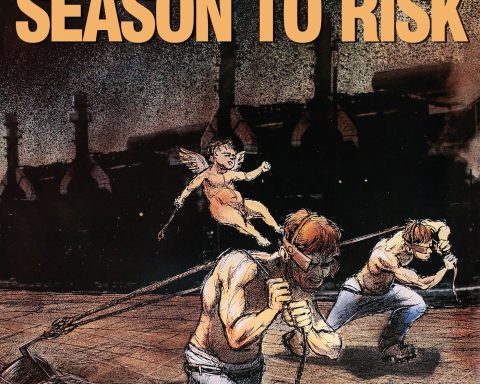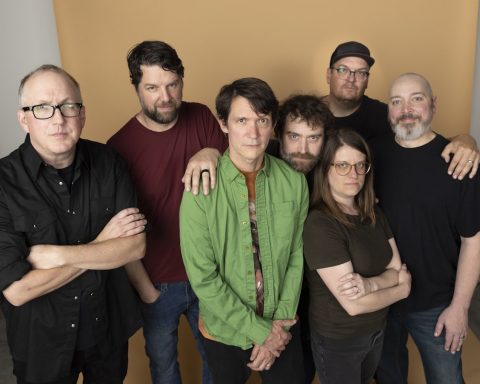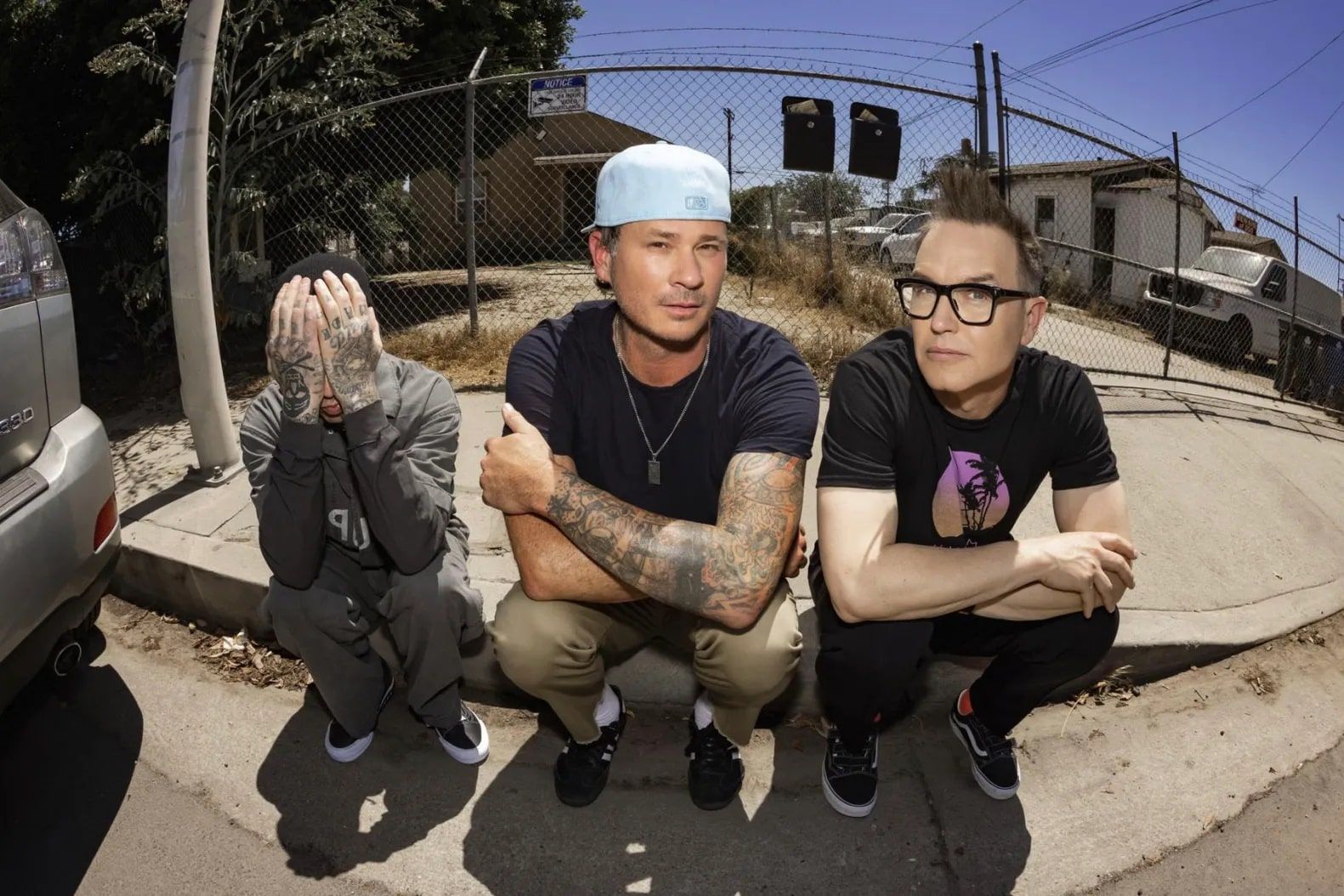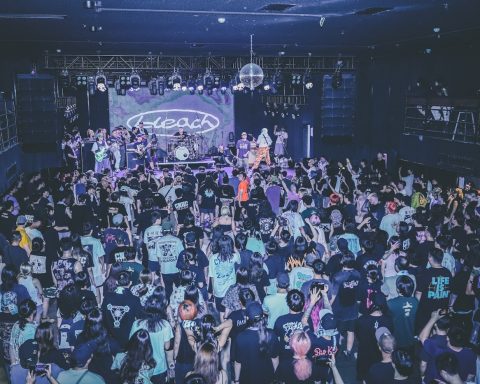In a world consumed by micro-moments, where six-second Vine loops once reigned and TikTok snippets now hold court, the sprawling opuses of yesteryear seem almost mythological. Remember when a song could take its time, unraveling its story in symphonic arcs? A lot has changed. The compelling brevity of modern tracks, sleek and distilled like a shot of top-shelf whiskey, signals an important shift in how we consume music.
This isn’t just a creative whim; it’s a tactical maneuver to capture the rapidly shrinking attention spans of today’s listener, driven by aspirations of virality.
From Radio Waves to Digital Streams: A Timeline of Truncation
Ever since the heyday of radio airplay, brevity has been a musical darling. Songs that fit neatly into the regulated slots between advertisements had a better chance of high-frequency rotation, enhancing their chart-topping aspirations. But even as radio’s star has dimmed, eclipsed by the colossal rise of digital streaming platforms, the trend toward more condensed music continues its crescendo.
According to Michael Tauberg’s 2018 study, songs that once averaged four minutes and 10 seconds in the early 2000s have been pruned down to a lean three minutes and 30 seconds by 2018. Come 2021, the average Billboard hit barely clocked in at three minutes and seven seconds, solidifying the allure of succinctness across genres.
Whether it’s Gunna’s rap tour-de-force “fukumean” at just two minutes and five seconds, or cässo’s EDM adrenaline jolt “Prada” at a mere two minutes and 12 seconds, the message is clear: less is more.
Yet, the pendulum of song length has swung both ways over the years. In the 1960s, the average pop song hovered around the two-minute and 30-second mark, as reported by Vox. Innovations in vinyl technology in the ensuing decades allowed artists to stretch their sonic canvases. By the mid-’90s, we were relishing tracks that averaged over four minutes. But what drives these length fluctuations?
History serves as a vivid reminder that the medium has always dictated the message to some extent. The vinyl era had its own physical limitations, confining artists to an average of three and a half minutes per song in the 1950s. With the advent of cassettes and CDs, these physical barriers crumbled, but still, the pop zeitgeist retained its penchant for the three-to-five-minute golden range. Despite the potential for sprawling compositions, artists largely stuck to this snug blueprint, perhaps influenced by radio stations’ persistent preference for easily digestible, ad-friendly pieces.
Streaming’s Double-Edged Sword: Access and Economics
Enter the digital age: the Pandora’s box of music consumption, thrust open by platforms like Napster and iTunes at the dawn of the 21st century. Spotify, despite not being the pioneer, has perhaps most definitively altered the musical landscape, making virtually any song from any era instantly accessible. Yet, even this all-encompassing library comes with its caveats for artists and producers.
The financial spoils from streaming are notoriously meager, compelling artists to diversify their income streams toward live performances and merchandise. A 2018 study in The International Journal of Industrial Organization revealed that the top 50 revenue-generating artists raked in an average of 80% of their income from touring alone.
The Tyranny of the Skip Button
In this brave new world, one unassuming piece of technology has had a disproportionate impact: the skip button. This tiny icon has shattered the sacrament of committed listening. A protracted intro or an elongated bridge risks the wrath of the skip, especially when Spotify doesn’t register anything under 30 seconds as a play. Artists are now incentivized to frontload hooks and choruses, composing their songs like firecrackers rather than slow-burning candles.
TikTok: The New Frontier of Musical Bites
And then, the phenomenon of TikTok further condenses this new musical lexicon. Here, a 15-second burst of sound can explode into viral fame. This week, TikTok even introduced its own Billboard Top 50 chart, topped by Sexyy Red’s “SkeeYee,” a song that fully embraces the ethos of virality in its compact two minutes and 37 seconds. While TikTok virality doesn’t necessarily translate into streaming success, it bestows an invaluable currency in today’s digital age: attention.
Where Do We Go From Here?
In conclusion, as we continue to dive into bite-sized musical experiences, influenced by digital platforms and social media alike, the trend toward shorter, catchier songs doesn’t seem to be fading away.
What remains to be seen is how this age of musical brevity will shape the artistic choices and cultural relevance of future music. As artists navigate this tightrope between artistic integrity and attention-grabbing appeal, one thing is certain: the trend of musical miniaturization isn’t just a passing fad; it’s a reflection of the ever-changing ways we connect with the auditory world around us.














